Vacuum Casting Services
Vacuum casting is a fast and cost-effective replication technology that can be used to produce high-quality plastic parts comparable to injection molded parts. It is particularly suitable for fit and function testing, marketing purposes or low-volume end-use parts.
Vacuum Casting Turnkey Solutions
We offer a complete turnkey solution for creating master models and casting copies based on your CAD designs. Not only do we make high-quality molds, we also provide a full range of finishing services, including painting, sanding, pad printing, and more. We will help you create parts for showroom quality display models, engineering test samples, crowdfunding campaigns, and more.
Our Capabilities
Vacuum casting is a process of creating a high-fidelity replica of a master pattern using polyurethane resin, using a 3D printed master pattern to create a precision silicone mold. Cast parts can ensure bubble-free, detailed finished quality comparable to injection molded parts, but faster and more cost-effective. Ideal for prototyping, small to medium-volume production, and high-quality end-use parts.
We enhance polyurethane vacuum casting by ensuring a minimum dimensional shrinkage of +0.15% for parts under 30 inches, allowing tight tolerances on complex designs to be maintained. Our services are highly customizable to meet the needs for transparent, color-matched, or special finished parts such as those requiring EMI shielding. We also integrate a variety of inserts into the casting process for enhanced functionality.
As a result, our vacuum casting services become a reliable alternative to injection molding, bridging the gap between prototype development and full production, with low costs and long lead times. This provides a cost-effective, quality-assured solution for specific customer needs.
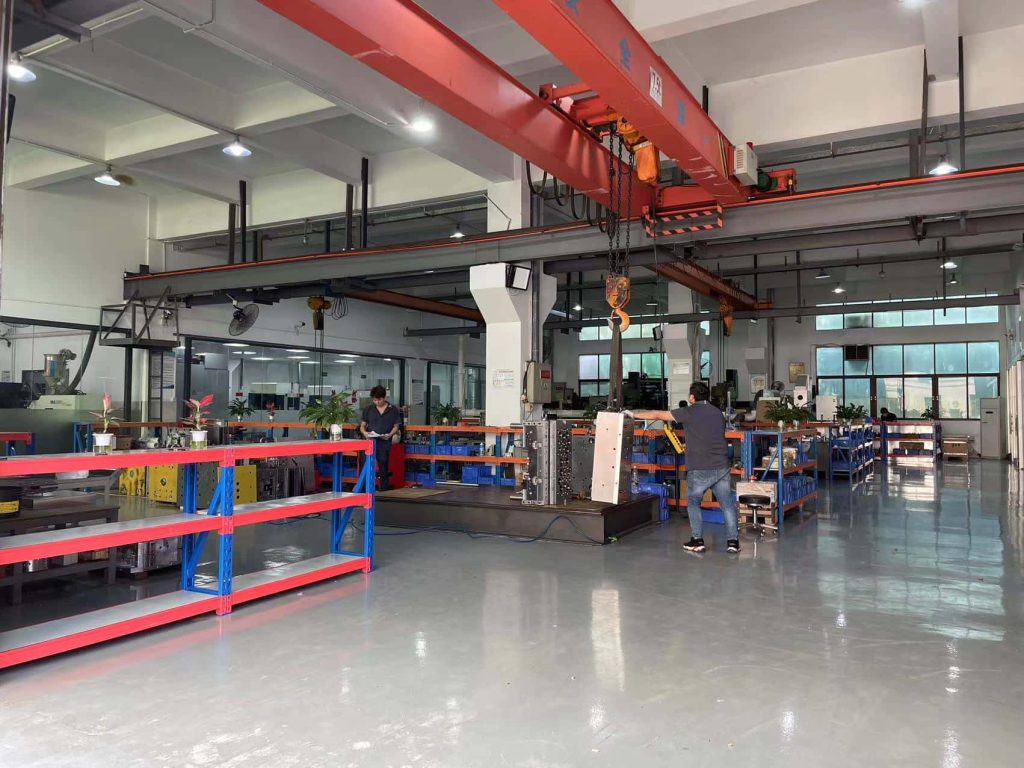
Manufacturing tolerance
The vacuum casting process’s tolerance range is +/-0.01 mm, and the tolerance range for each process type may be different. Likewise, injection molding tolerances are +/.005″ for the first inch and +/-.002″ for each inch after that. The tolerance value shows a standard deviation in vacuum casting parts. Tolerance ranges are available concerning the size of the designed machine part, surface finish, internal and external grow lines and quality, shrinkage rate due to thermal expansion, and distance dimensions. Metal inserts maintain tight tolerances in bores and crucial regions.
Materials for Vacuum Casting
Materials used in vacuum casting include thermoplastics, rubbers and resins, all of which can simulate specific properties and characteristics including: surface texture, clarity, stiffness, strength, hardness, temperature resistance, color.
- Polypropylene (PP) like (80D)
- Polycarbonate (PC) like (75D)
- Acrylonitrile Butadiene Styrene (ABS) like (83D)
- PE-like (65D)
- Santoprene-like
- Thermoplastic Polyolefins (TPO or TPE-O) like
- Talc-Filled Polypropylene like
- Glass-Filled Nylon like
- Thermoplastic Polyurethane (TPU) like
- Fire-Retardant (FR) PU like (78D, 80D, 85D)
- High Impact (85D, 88D, 80D – 90D)
- Polyamide (PA) like (80D)
- Acrylonitrile Butadiene Styrene (ABS) + High Density Polyethylene (HDPE) like (70D)
- Elastomer like (60A, 65A, 70A, 90A, 95A)
- Polyurethane (PUR or PU) like (25A, 30A 40A, 50A, 60A, 70A, 80A, 84D, 85A, 90A)
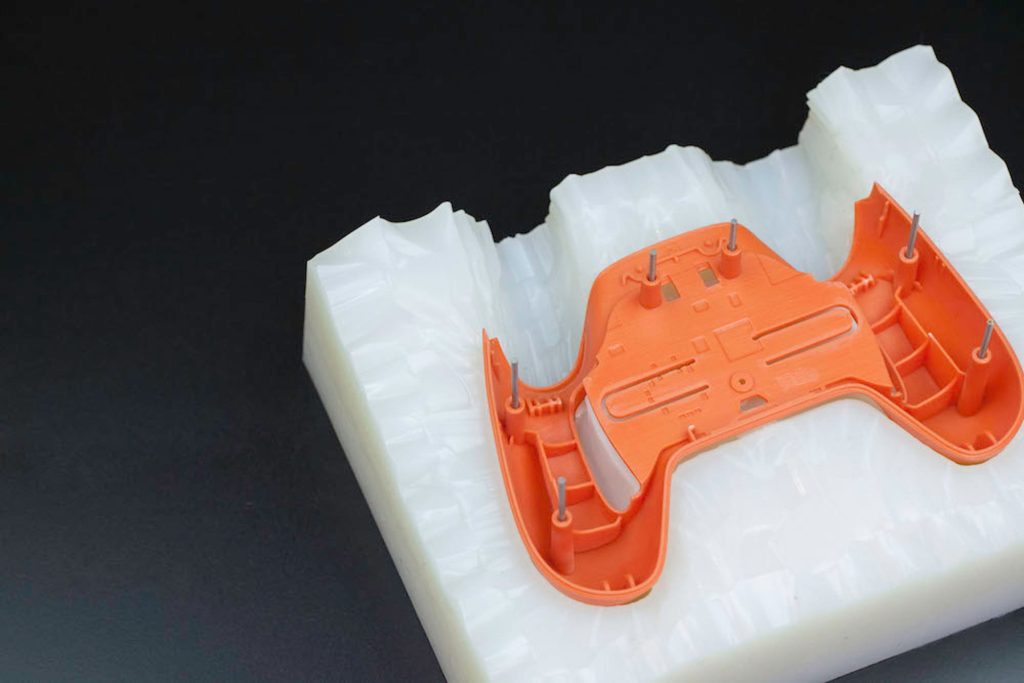
Vacuum Casting Color Options
Our vacuum casting services offer a wide range of color options to meet your exact design specifications and branding requirements. Customize your vacuum cast parts with vibrant, consistent colors for enhanced aesthetics and product recognition.
- Standard Black
- Pure White
- Transparent
- Metallic Shades
- Neon Colors
- Custom Colors
Surface Finish Options
Surface finish can be tailored to meet the product’s hardness, chemical resistance, and appearance requirements. This depends on the material properties and the part’s application. We offer the following finishing options:
- Full Glossy: SPI Standard: A1, A2, A3
- Semi-Glossy: SPI Standard: B1, B1, B3
- Matte Finish: SPI Standard: C1, C2, C3
- Custom Texture: SPI Standard: D1, D1, D3
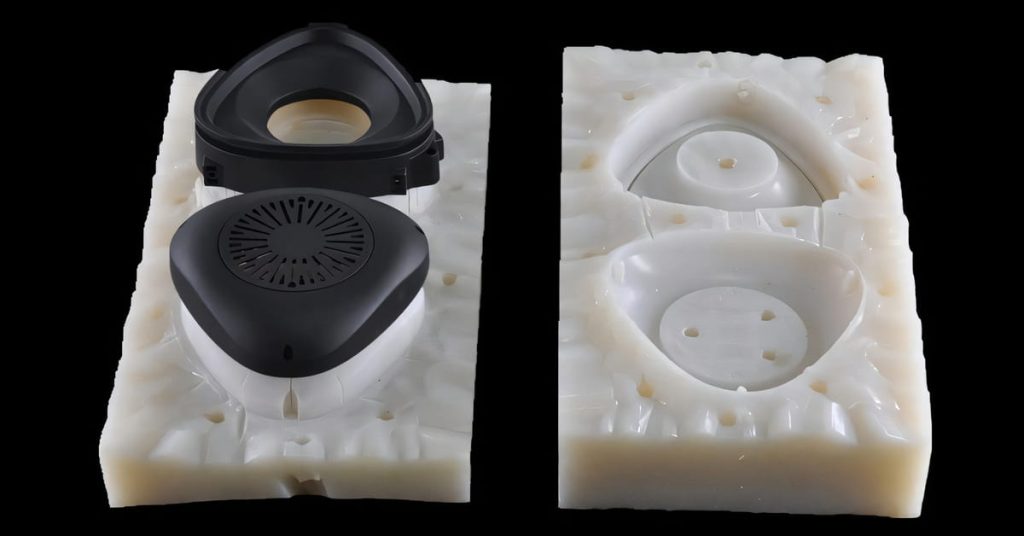
Applications
We produce high quality custom cast polyurethane parts using custom formulated polyurethane processes and can also produce prototypes based on your drawings or sketches. This is relatively inexpensive and any design changes become simple and economical. Some industrial applications for vacuum casting include:
- Engineering models
- Marketing test samples
- Pre-production runs
- Test prototypes
- Rapid prototypes
- Bridge to production
- Production of display parts
- User evaluation
- Consumer testing
- Low-volume manufacturing
- Concept models
- Sales samples
Ready to get a quote?
What is Vacuum Casting?
Vacuum casting, also known as polyurethane casting or urethane casting, is an elastomeric casting process that uses a vacuum to draw liquid material into a mold, creating plastic and rubber parts. As an extremely adaptable manufacturing process, vacuum casting is capable of producing complex parts with intricate details. The process begins by placing a two-piece silicone mold into a vacuum chamber. The liquid polyurethane resin is mixed and degassed before filling the mold. Once the liquid is poured into the mold, the pressure vessel is immediately filled with compressed air up to 80 psi. This vacuum-pressurization combination allows the most complex molds to be completely filled with virtually no bubbles. By heating the process, we can eliminate the need for post-curing, which speeds up the process of final prototyping. Once set, the mold is removed from the vacuum
Advantages Of Vacuum Casting
- Low cost for molds
- Molds can be made in a few days
- Many types of polyurethane resins are available for casting, including overmolding
- Cast copies are highly accurate with excellent surface texture
- Molds are durable for 20 or more copies
- Perfect for engineering models, samples, rapid prototypes, bridge to production
When to Use Vacuum Casting?
Choose vacuum casting when you need to produce quality plastic parts in small quantities (10 to 20 pieces) while avoiding the long lead time and financial investment of manufacturing plastic injection molds.
Also, when parts are used for prototypes and display models, crowdfunding and trade show campaigns, testing the fit and function of new designs, and as a bridge to larger production volumes, vacuum casting can save significant time and money. Of course, vacuum casting can also be used for end-use parts in certain applications, as castable casting resins can effectively mimic the properties of ABS, nylon, PP, acrylic, and soft TPE rubbers.
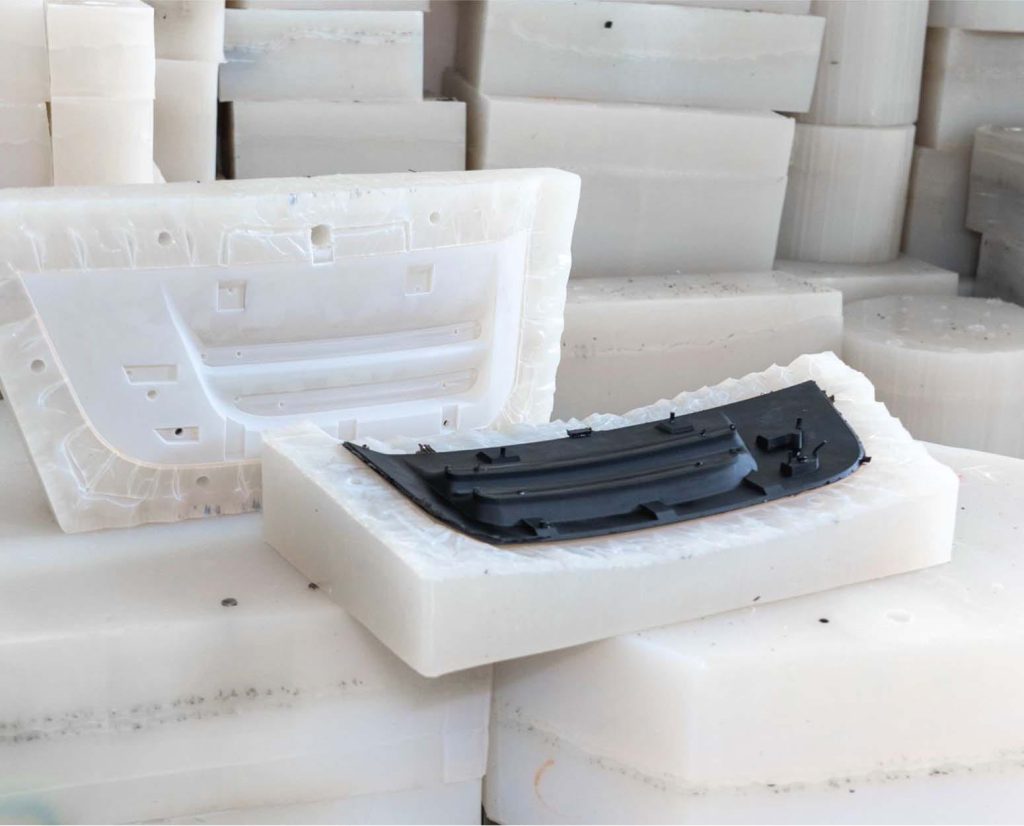
Industries We Serve
Vacuum casting has a wide range of applications in various industrial fields. We produce tens of thousands of high-quality prototypes through vacuum casting for customers around the world every year. The following are the industries we serve.

Aerospace

Automotive
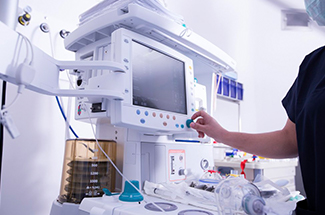
Medical

Consumer Products

Oil and Cas

New Energy
Semiconductor
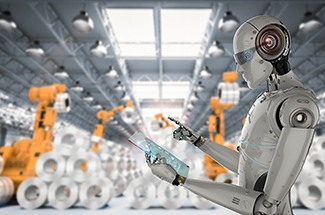
Robotics

Industrial Equipment
Schedule a consultation with our experts to kick-start your project
News & Article
Get our news, resources, and events.
Metal 3D printing vs. CNC Machining: Which is better for prototyping and end-use parts?
In the world of manufacturing, two cutting-edge technologies…
3D Printing Techniques: Different Types of 3DPrinting
In recent years, both academically and industrially, additive…
